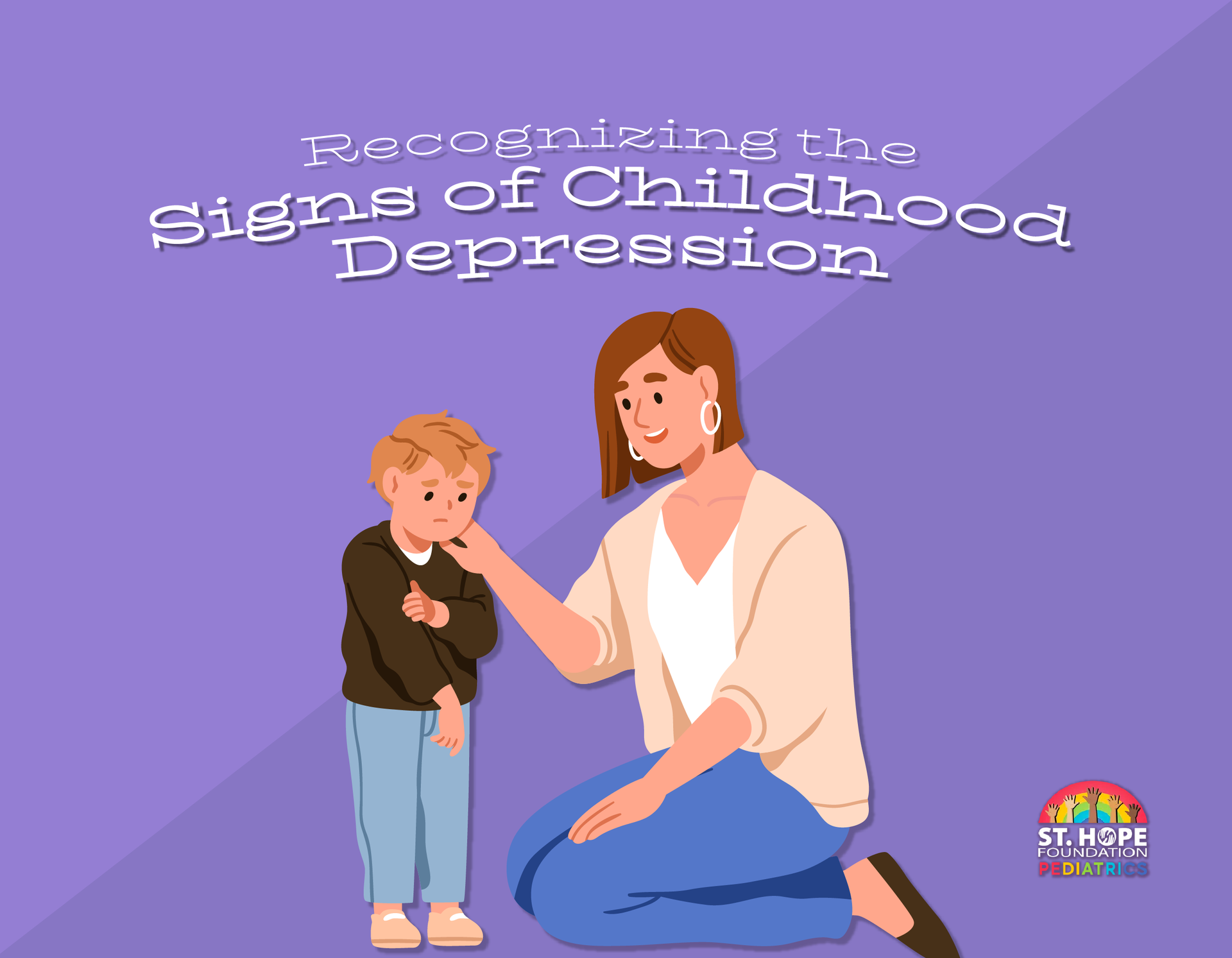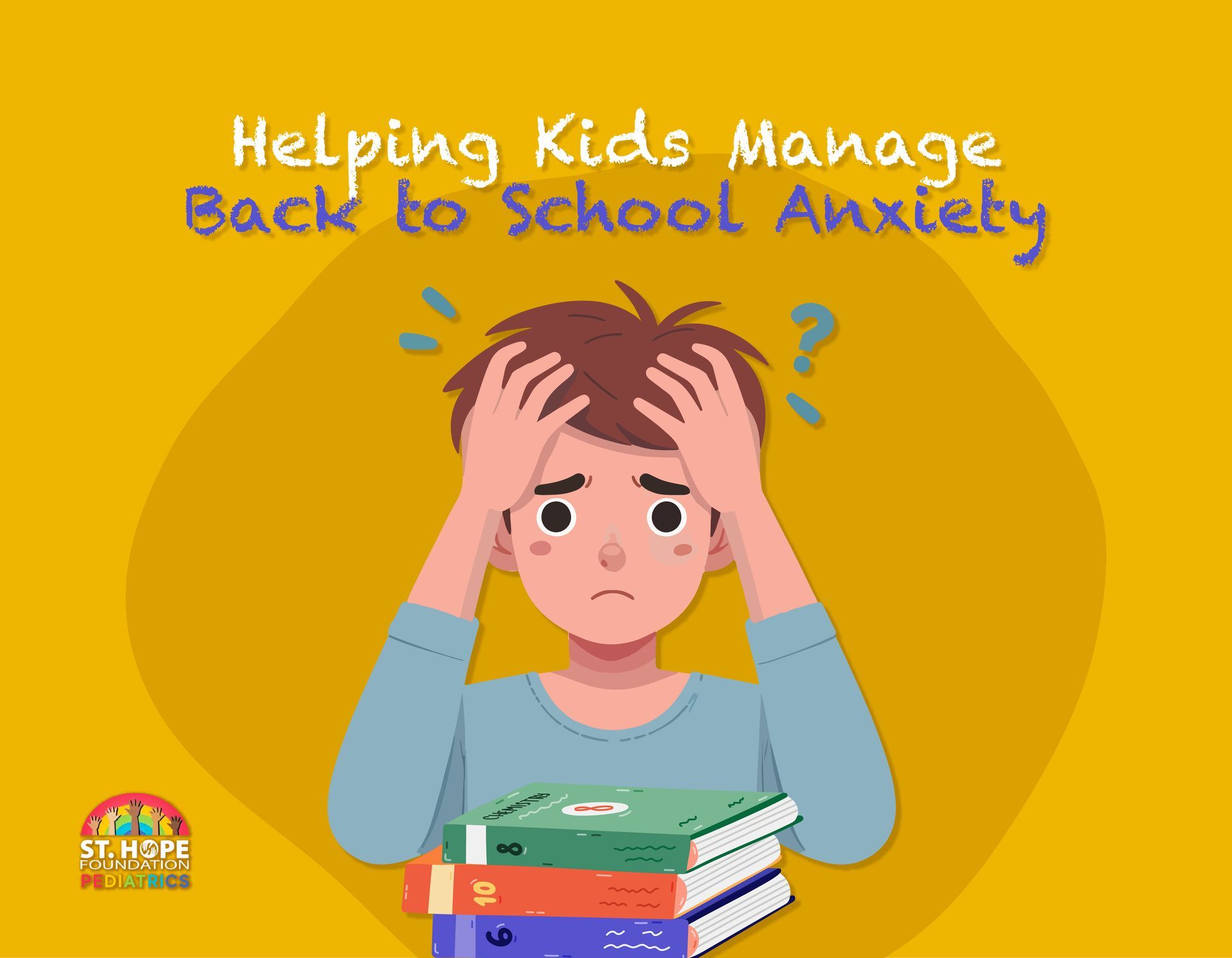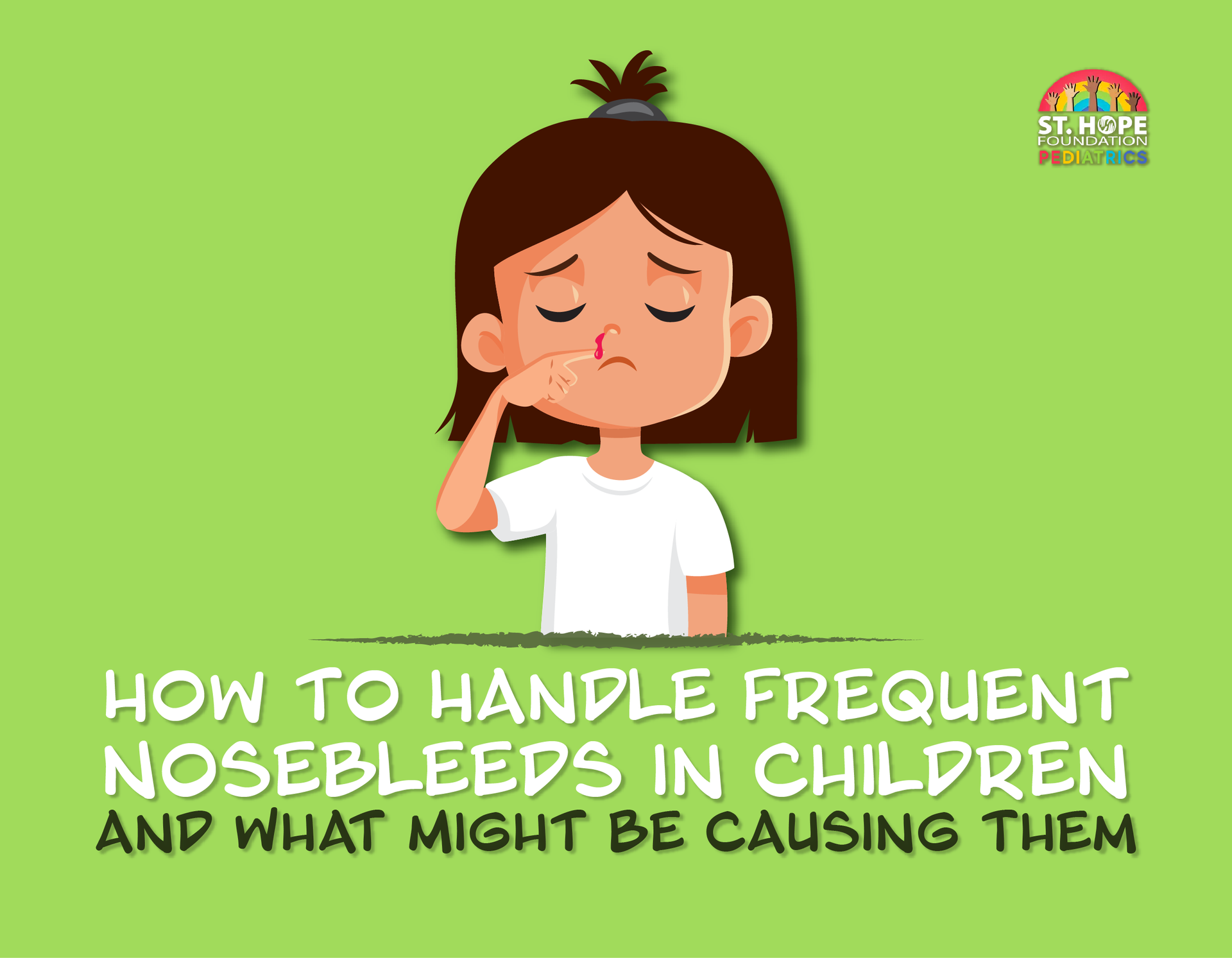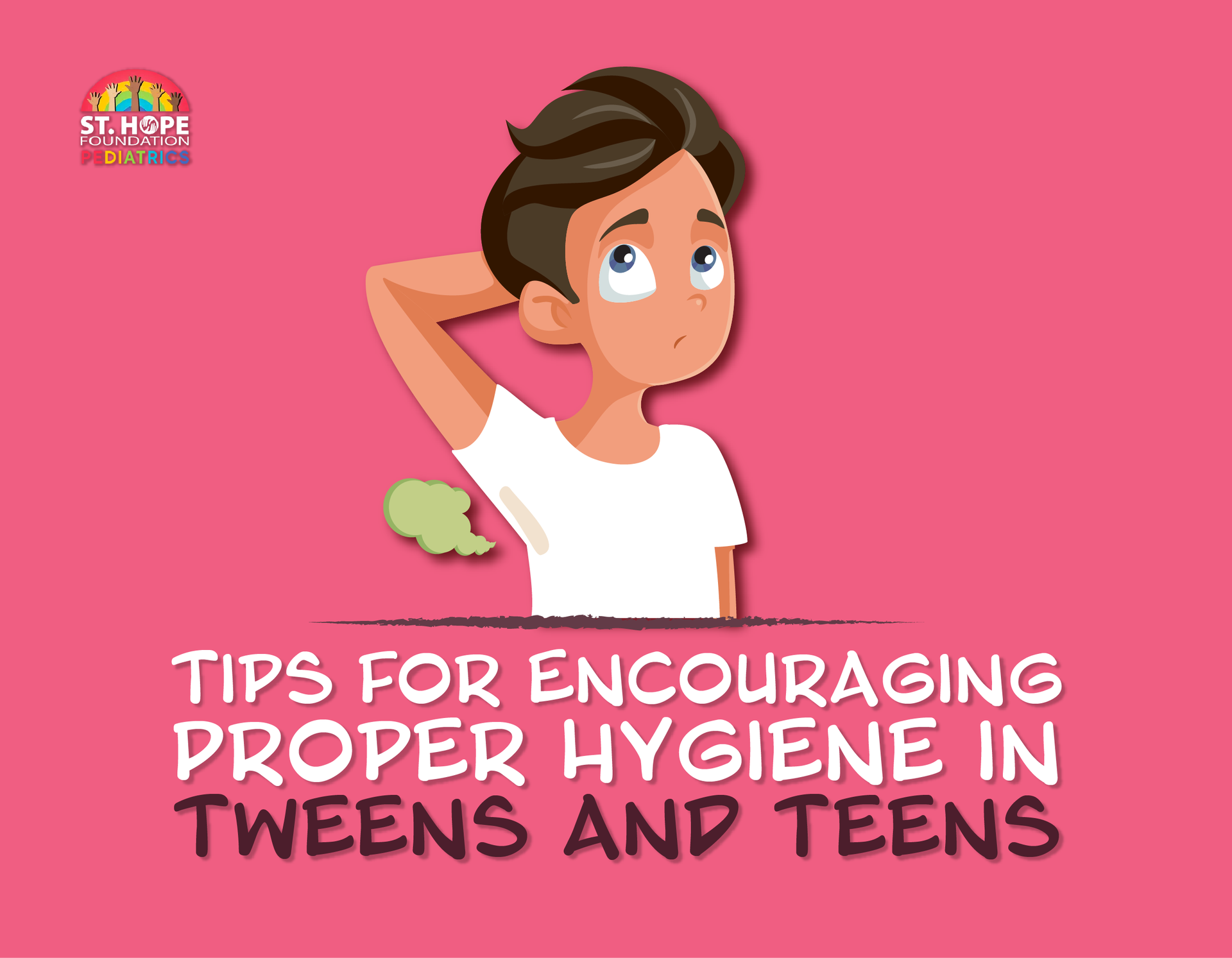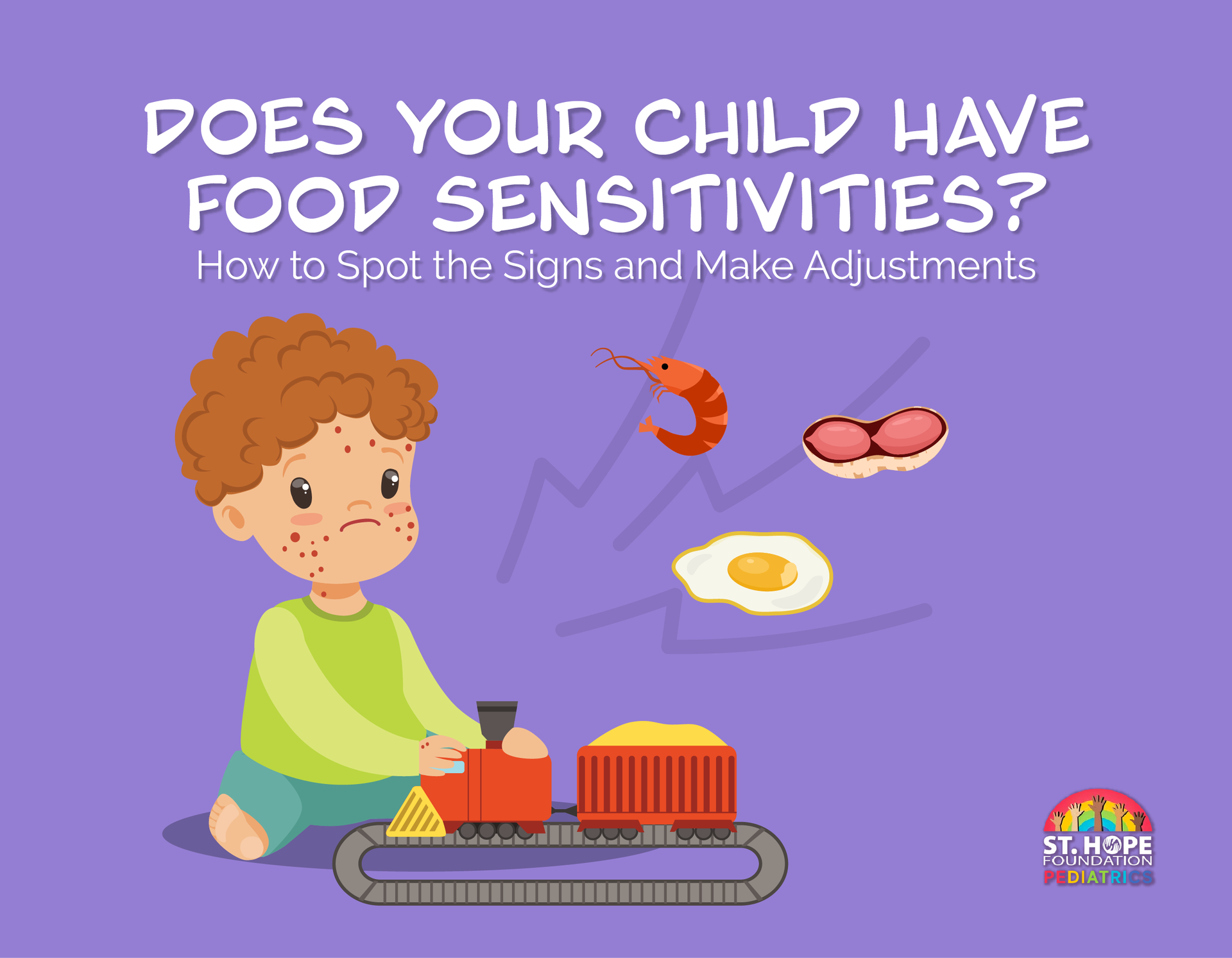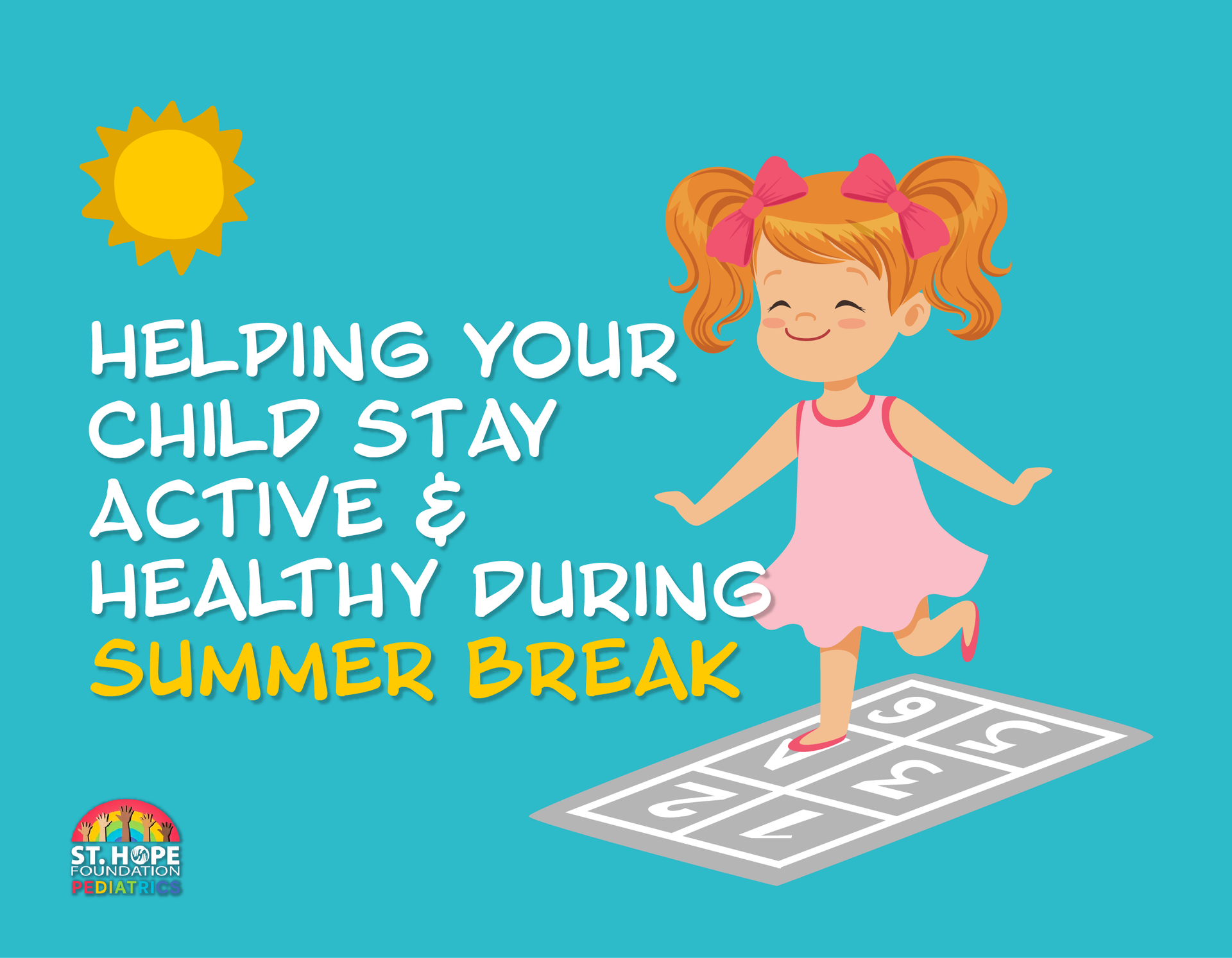
Styes are one of the most common recurring annoyances for many individuals, especially children. While they may be extremely uncomfortable, styes are usually not a cause for concern and clear up on their own.
If your child is developing recurring styes, it’s vital to get to the root problem to determine what is causing them. There may be environmental factors or habits contributing to their development (like if a child has a habit of rubbing their eyes and doesn’t wash their hands often). In some cases, there may be things you can do to reduce the frequency of styes.
What Is a Stye?
A stye is medically known as a hordeolum. It shows up as a red, painful lump on the eyelid, typically near the base of the eyelashes. Styes are usually caused by a bacterial infection, most commonly by the bacterium Staphylococcus aureus. This bacterium is commonly found on the skin and can enter the oil glands or hair follicles of the eyelids, leading to inflammation and the formation of a stye.
Reasons for Reoccurring Styes
Styes can occur for various reasons, and for some individuals, lifestyle factors, their biology or chronic conditions can make styes a recurrent issue. Some factors that may make styes a normal occurrence for children, teens or adults include:
- Poor Eyelid Hygiene: Failure to clean the eyelids properly can allow bacteria, dirt and debris to accumulate along the eyelash follicles. This increases the risk of infection and stye formation. Individuals who wear makeup, especially eye makeup, should thoroughly remove any cosmetics before bedtime to prevent clogged pores and bacterial growth.
- Blepharitis: Blepharitis is a common condition characterized by inflammation of the eyelids, often resulting from blocked oil glands along the eyelash line. Chronic blepharitis can predispose individuals to recurrent styes due to ongoing inflammation and bacterial infection of the eyelids.
- Wearing Contact Lenses: Contact lens wearers are at higher risk of developing styes, especially if proper hygiene practices are not followed. That’s because contact lenses can trap bacteria and debris against the surface of the eye, increasing the likelihood of bacterial infections. Wearing contact lenses for extended periods or sleeping in contact lenses can further the risk of developing styes. If your child wears contact lenses, ensure they follow a proper replacement schedule and take them out at night.
- Compromised Immune System: Individuals with weakened immune systems, such as those with autoimmune diseases or diabetes, may be more susceptible to styes due to their impaired immune responses against bacterial infections.
- Stress and Fatigue: Stress and fatigue can weaken the body's immune system and disrupt normal physiological functions. This makes it easier for bacteria to proliferate and cause infections. High stress levels and a lack of sleep can contribute to the development of styes in susceptible individuals.
Managing and Preventing Styes in Children
- Maintain Good Eyelid Hygiene: Cleanse the eyelids regularly with a gentle cleanser or baby shampoo to remove dirt, oil and debris. Use a warm compress to help unclog blocked oil glands and reduce inflammation along the eyelids.
- Avoid Touching or Rubbing the Eyes: Touching or rubbing the eyes can introduce bacteria and irritants to the eyelids. Try to discourage your children from touching their eyes unnecessarily and help them get in the habit of washing their hands regularly, especially before touching their face or eyes.
- Practice Proper Contact Lens Hygiene: If your child wears contact lenses, ensure they follow proper hygiene practices. This includes washing their hands before handling lenses, disinfecting lenses regularly and replacing them as recommended by their eye care provider. You should also ensure they get in the habit of removing lenses before swimming or sleeping to reduce the risk of bacterial contamination
- Manage Underlying Conditions: Parents of children with underlying conditions such as blepharitis, dry eye syndrome or autoimmune diseases should work closely with their pediatric care providers to manage these conditions effectively and reduce the frequency of styes.
- Reduce Stress and Improve Sleep: If your child struggles with stress or has difficulty sleeping, discuss potential stress-reduction techniques with their pediatrician. While sleep is important for every person, it is especially vital for children, who require more of it than adults. Getting adequate sleep each night supports overall health and immune function.
When to Seek Medical Attention
While most styes resolve on their own within one to two weeks, some may require medical attention if they become particularly large, painful or persistent. You should seek medical advice if your child experiences:
- Severe pain or discomfort
- Swelling and redness that worsens over time
- Blurred vision or changes in vision
- Recurrent styes or multiple styes at the same time
- Signs of infection, such as fever or pus discharge from the stye
Your child’s pediatrician or eye care provider can evaluate the stye and recommend appropriate treatment options, such as antibiotic ointments, incision and drainage procedures or oral antibiotics if necessary.
Seek Treatment for Your Child’s Stye at St. Hope Pediatrics in Houston
If your child is experiencing recurrent or severe styes, our pediatric eye care providers at St. Hope Pediatrics are here to help. We aim to diagnose and treat a wide range of health problems and offer regular annual eye exams to ensure optimal eye health.
To schedule an appointment, contact us today or give us a call at (713) 778-1300.


